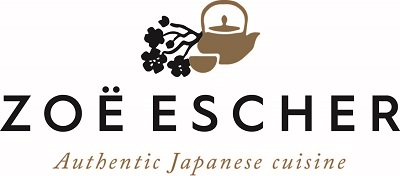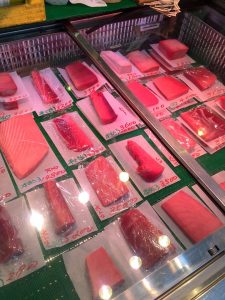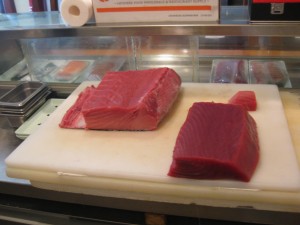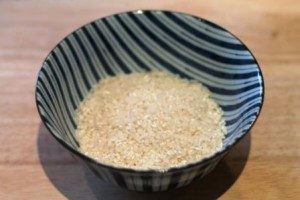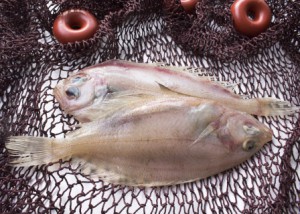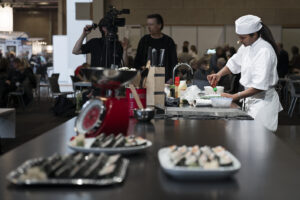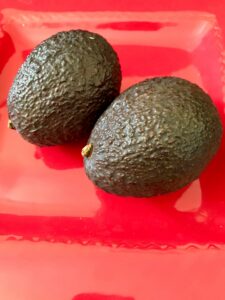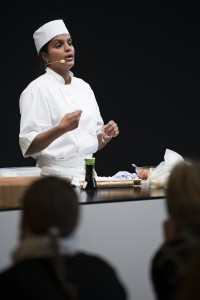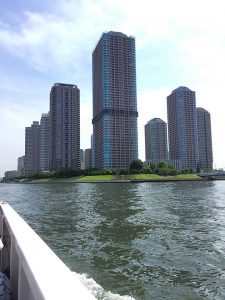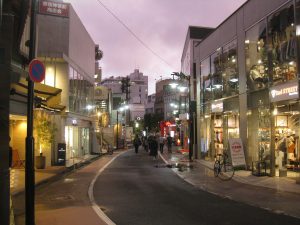The most sought after fish for sushi in Japan is tuna. Japan is the country in the world that eats the most tuna.
The largest fish market Tsukiji is located in Tokyo. Every day, large quantities of seafood are sold in the morning. Many sushi restaurants go directly to the Tsukiji fish market in the early morning hours to pick up fish for the restaurant.
Many sushi restaurants know in advance which fish they should have at the fish market. It happens regularly that they come home with other fish than what was on the shopping list. Their regular fish supplier can surprise with new and exciting fish that they did not anticipated.
The tuna is the big attraction at Tsukiji fish market.
Every day, large quantities of tuna land in different age groups. The quality of the fish is assessed by tuna buyers. Sushi restaurants will, on their advice, purchase the best tuna for just their particular restaurant.
At Sushi course for beginners, of course, tuna of the best quality from Japan is used.
_
Zoë has lectured and held sushi courses for A. P. Moller – Maersk, Hugo Boss Nordic, Novo Nordisk, Novartis, Velux, Gorrissen Federspiel, Beierholm revision, Elbek & Vejrup and many more.
